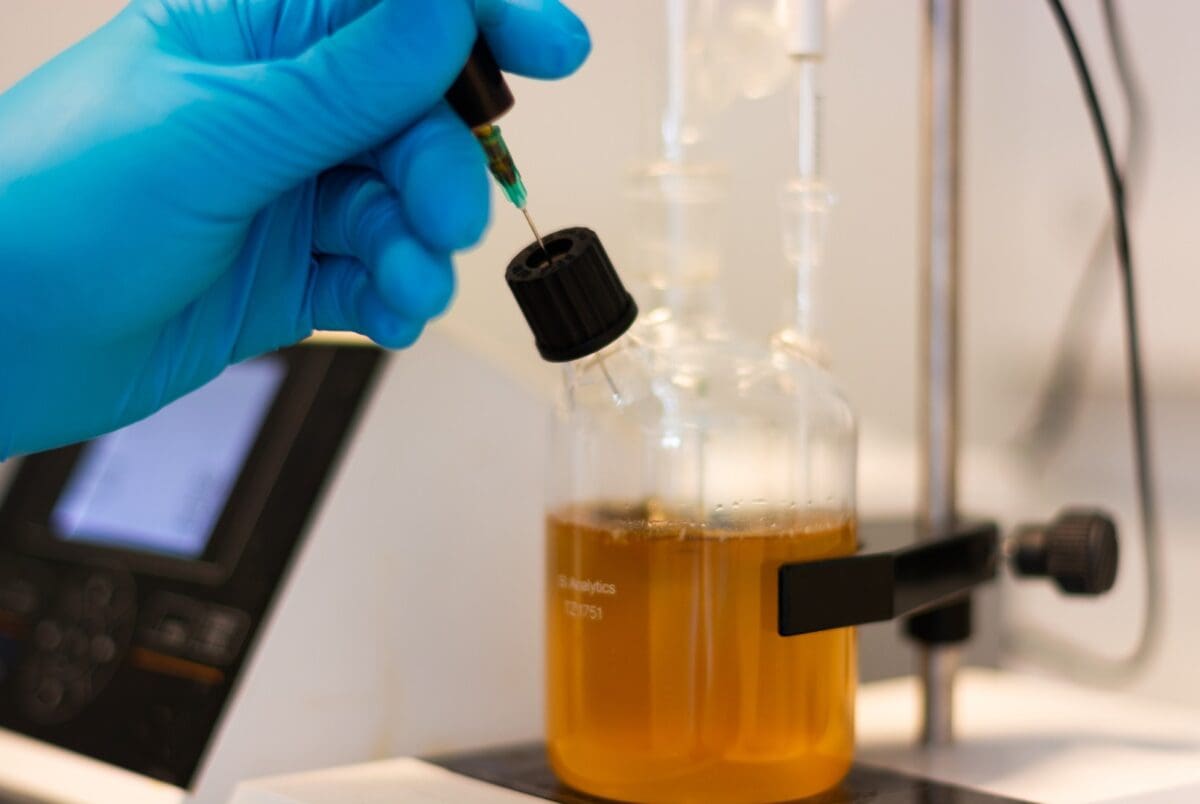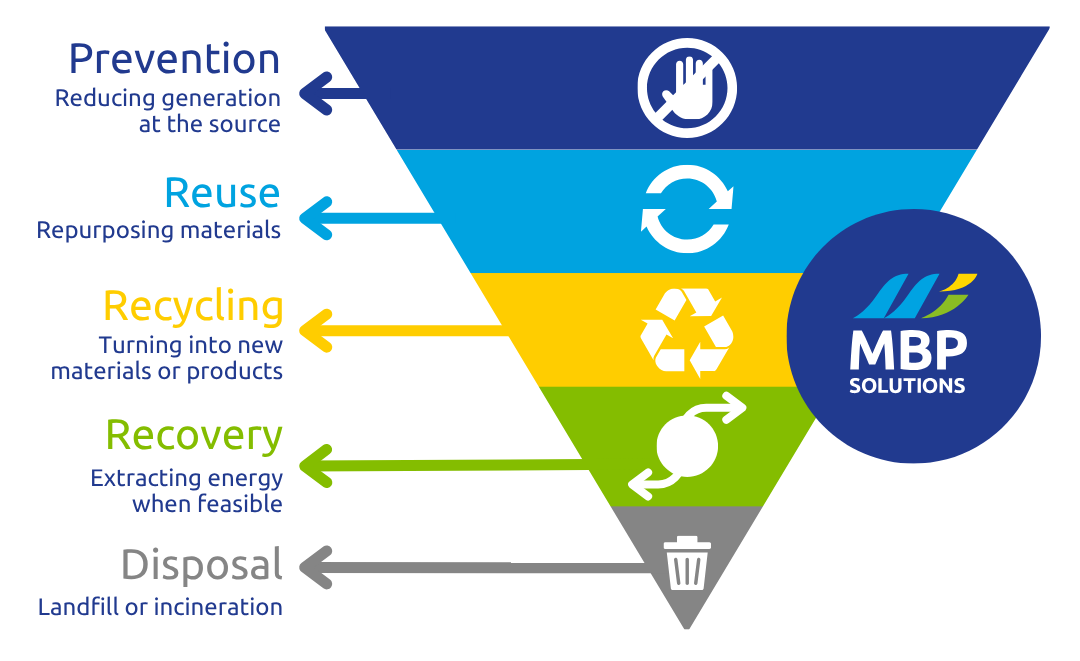Waste Management Hierarchy:
Unlocking Value from Bio-based By-products
Home » Sustainability » Waste Management Hierarchy

The Waste Management Hierarchy - Moving Up the Hierarchy
Understanding the waste management hierarchy is essential for manufacturers, producers and buyers of bio-based by-products. This framework helps transform materials once considered waste into valuable resources, enhancing sustainability performance and creating new business opportunities.
The waste hierarchy is a proven framework that ranks waste handling options from most to least sustainable:
- 1. Prevention
- 2. Reuse
- 3. Recycling
- 4. Recovery
- 5. Disposal
The higher you move up the hierarchy, the greater the environmental and economic benefits for your business.

Food Waste Hierarchy - A Closer Look
The food waste hierarchy applies these same principles specifically to food and food by-products:
- Prevention: Avoid generating food waste in the first place.
- Reuse: Redirect surplus food to those in need.
- Recycling: Repurpose by-products (like fish oil) into animal feed.
- Recovery: Turn food waste into compost for soil improvement.
- Disposal: Last-resort options with the lowest environmental value.
Why It Matters to Buyers and Sellers of By-products
- Maximise Value: Move your by-products up the hierarchy—transforming them from waste to valuable raw materials for new industries.
- Reduce Costs: Lower your disposal and compliance costs by finding new uses for your by-products.
- Enhance Sustainability: Meet regulatory and stakeholder expectations for responsible resource management.
- Secure Sustainable Inputs: Source high-quality, recycled, or recovered bio-based materials that support your own sustainability and circular economy goals.
- Strengthen Supply Chains: Build relationships with suppliers who prioritise prevention, reuse and recycling.
- Support ESG Performance: Demonstrate leadership in environmental, social and governance (ESG) practices by choosing materials higher up the hierarchy.
How MBP Embraces the Waste Management Hierarchy
Just like the Waste Management Hierarchy maximises the value of resources, MBP Solutions organises its product portfolio to follow the same approach. We move bio-based by-products up our product application hierarchy to unlock their greatest value.
- Human Food: Maximise both economic and social value
- Animal Food: Direct nutritional value, closing resource cycles
